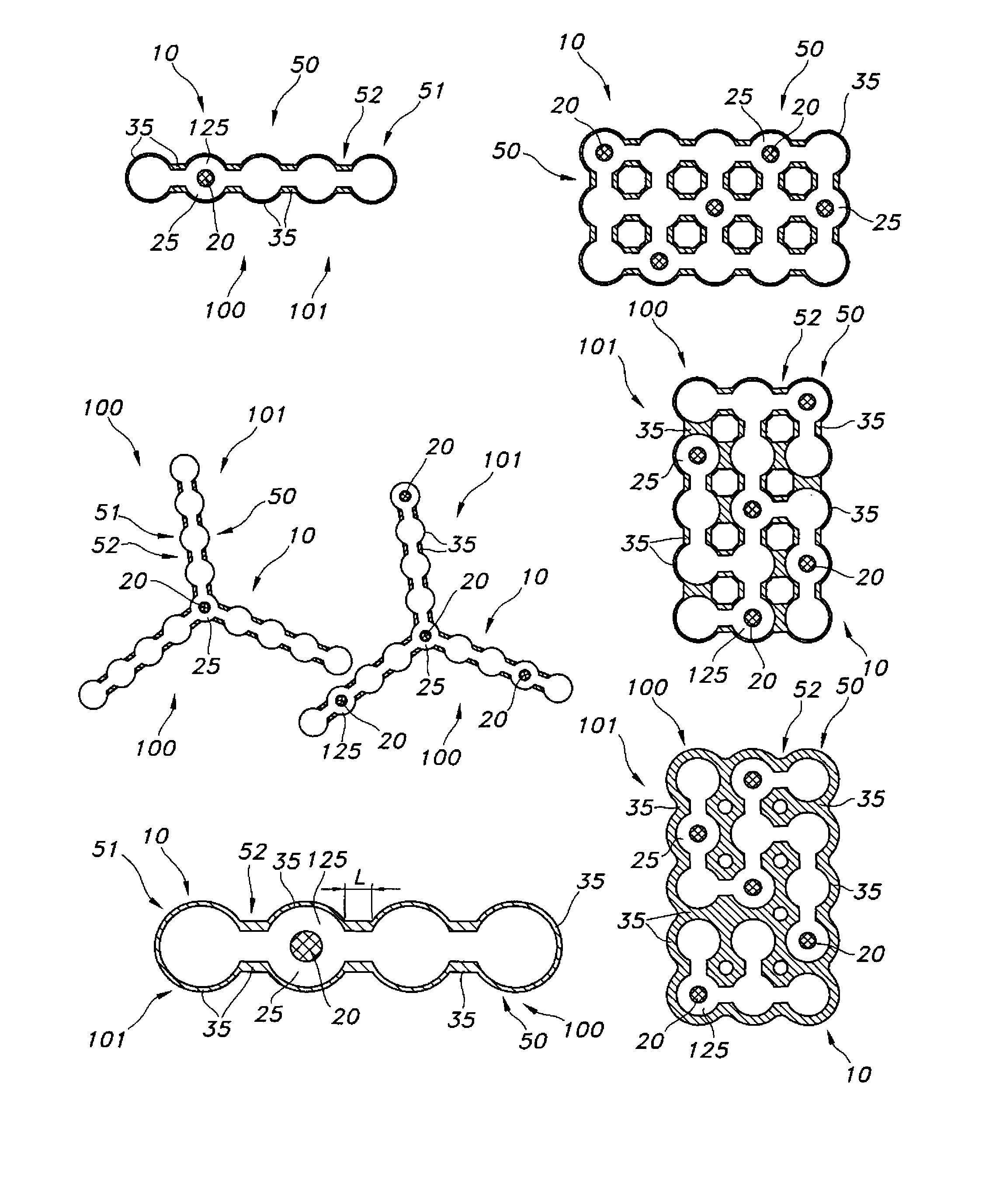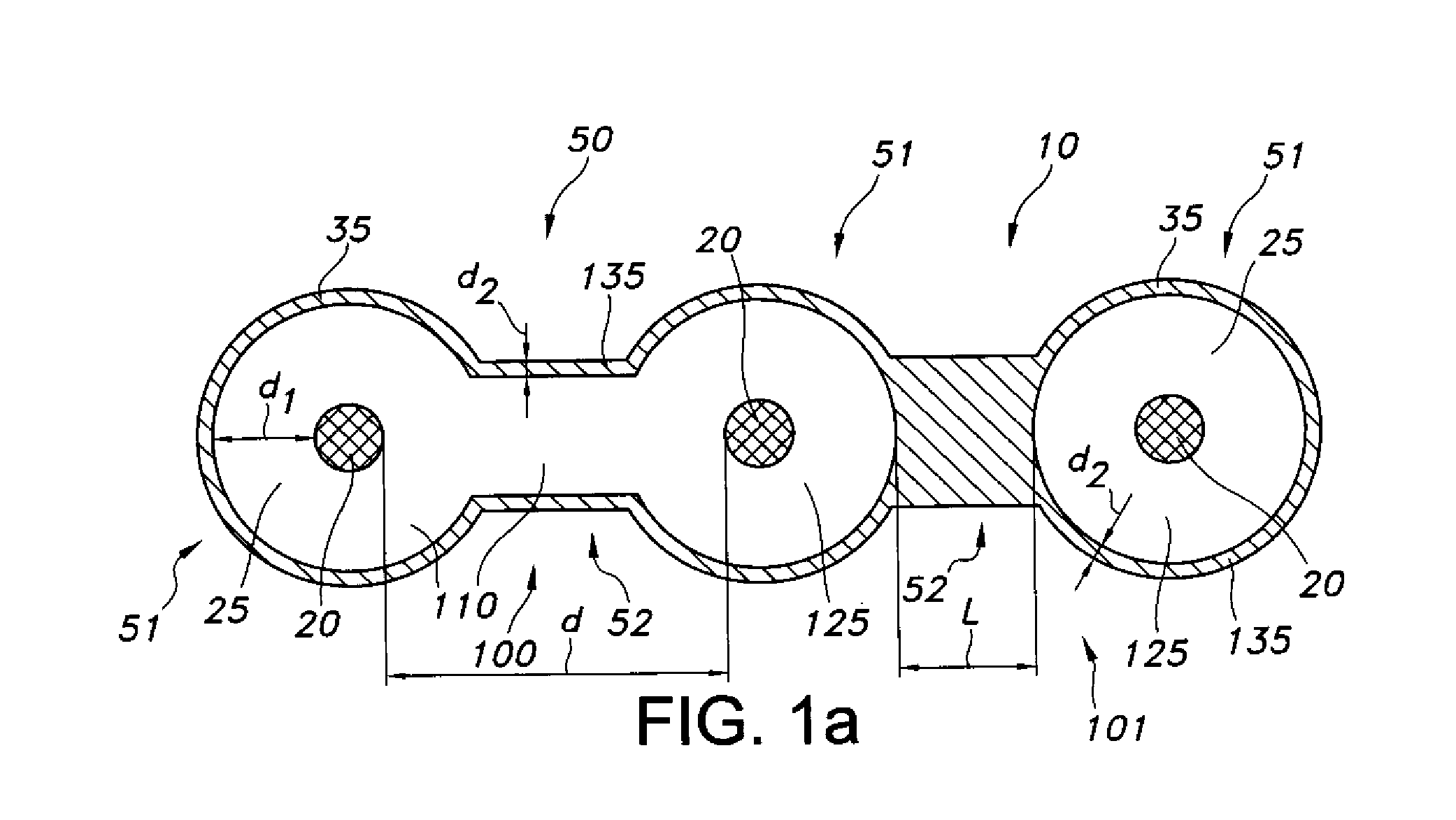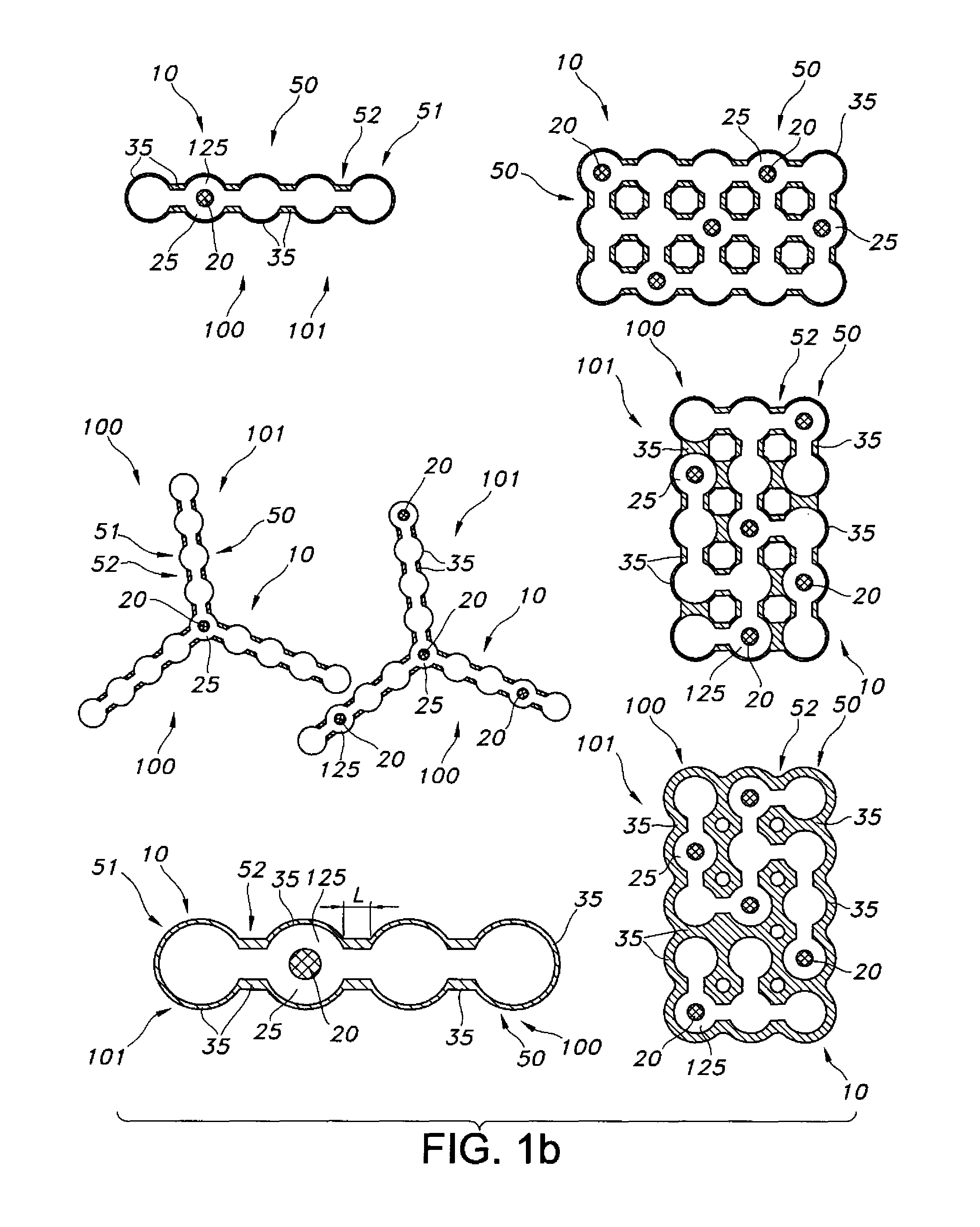Light source with quantum dots
a light source and quantum dots technology, applied in the field of luminescent nano particles based luminescent materials, can solve the problems of low quantum efficiency, thermal quenching stability of unprotected quantum dots, and low quantum yield of pure particles, so as to achieve the effect of low quantum efficiency and high potential as phosphor materials
- Summary
- Abstract
- Description
- Claims
- Application Information
AI Technical Summary
Benefits of technology
Problems solved by technology
Method used
Image
Examples
example experiment
CdSe / CdS / ZnS Nanocomposite Synthesis
[0076]CdSe / CdS dots-in-rods nanoparticles are prepared according to literature processes and dispersed in 1-octadecene (ODE) with the concentration of 5 microM. 2 ml of the above QRs solution, 0.1 mmol zinc diethyldithiolcarbamate and 0.05 mmol hexydecylamine are mixed into 10 ml ODE in a 100 ml flask under N2. The mixture is heated slowly under stirring to 180° C. and kept for 10 min. Then the solution is further heated to 240° C. and kept for 20 min. After synthesis, the solution is cooled down to room temperature and washed with ethanol and toluene for 2 times each. The washed particles are dispersed in 3 ml toluene and stored in closed bottle. The drop caste films of the particle are prepared by direct casting one drop of the particle solution on a glass plate and drying the drop in air.
Characterizations:
[0077]The structure and optical properties of the products could be easily detected. The structure could be characterized through the charact...
PUM
| Property | Measurement | Unit |
|---|---|---|
| thicknesses | aaaaa | aaaaa |
| thicknesses | aaaaa | aaaaa |
| quantum efficiency | aaaaa | aaaaa |
Abstract
Description
Claims
Application Information
 Login to View More
Login to View More - R&D
- Intellectual Property
- Life Sciences
- Materials
- Tech Scout
- Unparalleled Data Quality
- Higher Quality Content
- 60% Fewer Hallucinations
Browse by: Latest US Patents, China's latest patents, Technical Efficacy Thesaurus, Application Domain, Technology Topic, Popular Technical Reports.
© 2025 PatSnap. All rights reserved.Legal|Privacy policy|Modern Slavery Act Transparency Statement|Sitemap|About US| Contact US: help@patsnap.com



